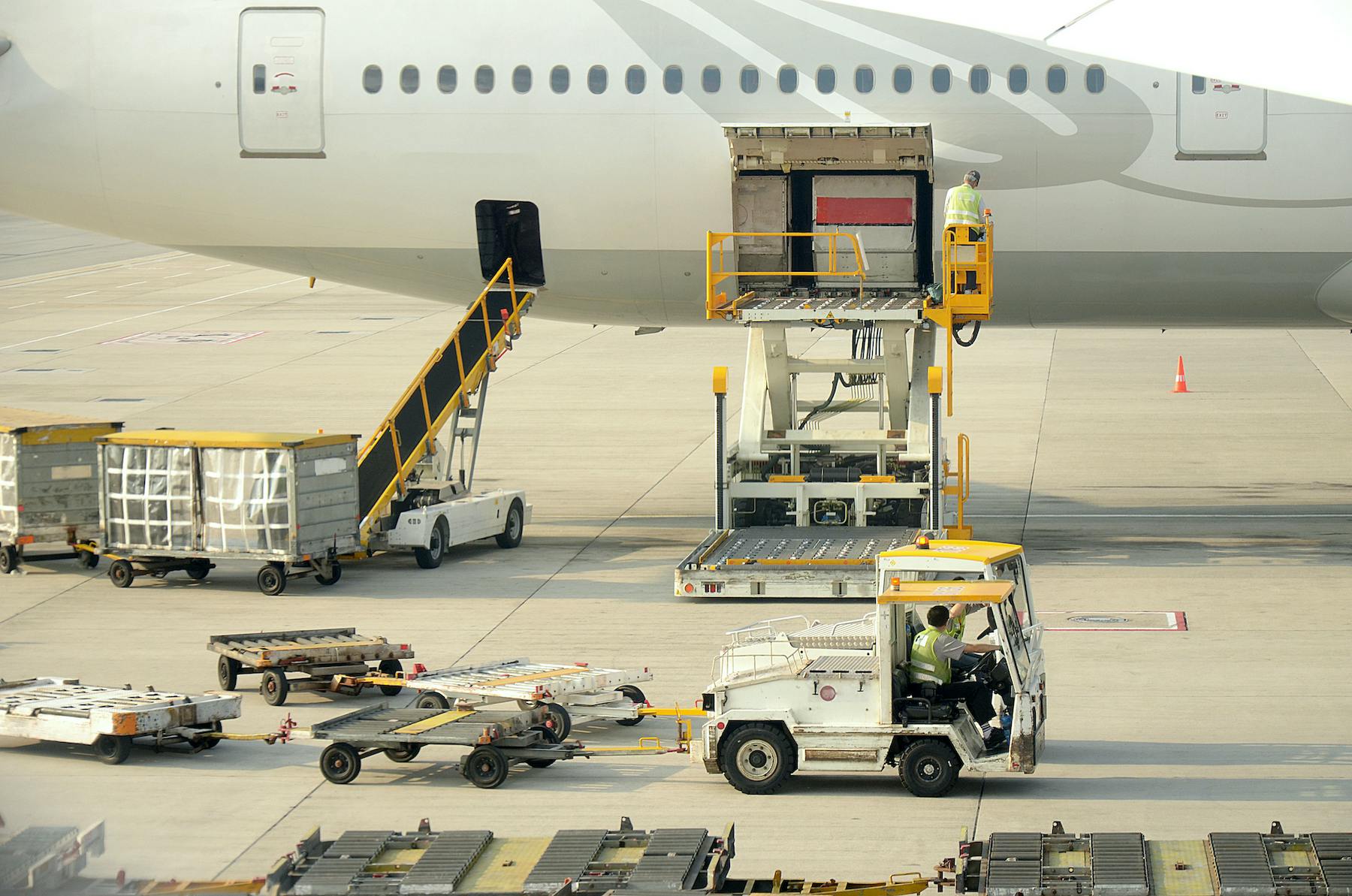Jan 14, 2026 Webinar | Global Supply Chain Architecture: Examining Red Sea’s Evolving Impact - Register Now

How to minimize supply chain disruptions as holiday shopping ramps up
Global supply chains may face unprecedented challenges in the fourth quarter of this year due to the end of the year's traditional peak and the disruptions related to the pandemic. As the holiday shopping season ramps up, shippers will have to be proactive to be ready for the peak time of the retail sales cycle.
Air freight as an alternative to sea freight
Unexpected events such as the Suez Canal Blockage or the shutdown of the Port of Yantian in the second quarter saw more capacity losses, leading to an increase in freight rates. Port congestion, delays, and cancellations combined with ongoing disruptions such as weather events or workforce restrictions related to Covid forced shippers to consider air freight as an alternative solution.
Currently, with tight cargo freight capacity and extended lead times, many importers and exporters are willing to pay more, only to keep their goods moving. Moreover, many shippers who suffer from manufacturing delays are trying to speed up supply chains to reduce their time to market. In some cases, air shipping remains the unique solution to handle the demand ahead of the crucial holiday period, even though air freight is not the traditional transport mode.
Air freight suffers the same ripple effects as the shipping industry
In August, an outbreak of Covid led to strict crew and quarantine rules for all airlines in Shanghai Pudong airport - the largest cargo airport in China - and reduced the operating team on the ground by about two-thirds. The events exacerbated the existing delays and led to current rates soar.
On the other hand, extra air cargo coming from China has produced supply chain bottlenecks in main US airports such as Dallas, Los Angeles, or Chicago. Their infrastructures cannot absorb the extra volumes that they are receiving. The staffing is not sufficient to truck the cargo volumes received and forwarders are not able to collect the cargo quickly enough as their facilities are also full. As a consequence, the shipments remain stuck, in addition to an existing backlog that is already severe. As a result, retrieving a shipment can take up to 10 days in Chicago for instance.
Data and real-time visibility to mitigate supply chain disruptions
The IDA Foundation, who’s supply chain has always operated in the most unpredictable regions of the world and relied on many carriers and modes of transport, is used to assess its overseas transportation performance thanks to Wakeo solution. With the global supply chain now facing record-breaking costs, container shortages, and unprecedented levels of delays, the concept of "unpredictable routes and carriers" is no longer limited to companies operating in more remote areas of the world. The current situation is leading all shippers to turn to unfamiliar alternatives and multimodal transportation models, for which they do not have historical data or experience.
Moreover, in a context of low capacity and high demand, being able to book a shipment as soon as possible to secure transport flow is key. The shippers need to react as soon as delays occur, find alternative transport solutions, and book them as quickly as possible to secure their shipments. Wakeo's solution enables our customers to assess transport reliability or identify a multimodal solution as soon as possible.
For instance, several freight management companies were able to find an alternative multimodal solution to avoid delays in Chicago. They book shipments from Asia to Toronto on Air Canada auxiliary freighters and forward them to the US by road. Visibility is necessary to measure the cost and reliability impacts of this new route.
With additional routes, identifying the best opportunity in real-time becomes increasingly complex. With a coverage of 97% of global sea freight and 91% of global air freight, our multimodal visibility platform helps our clients to anticipate delays by getting proactive information through alerts, find the most efficient alternative transport to traditional routes when facing unprecedented levels of delay and accurately assess route performance.
Those new routes are bringing global companies solutions to remain competitive. Multimodal real-time visibility is now a requirement for any supply chain looking to work efficiently and navigate the delays and disruptions that the international transport industry is facing and will keep on facing for the years to come.
Want to learn more about digital supply chain visibility ?